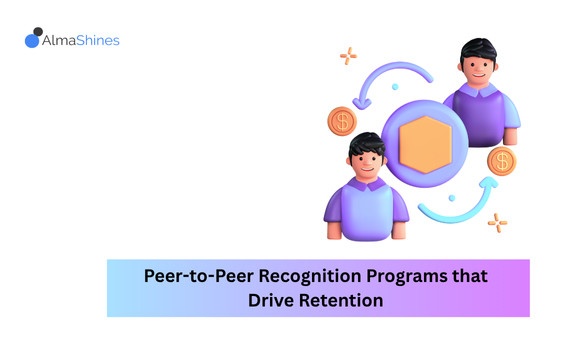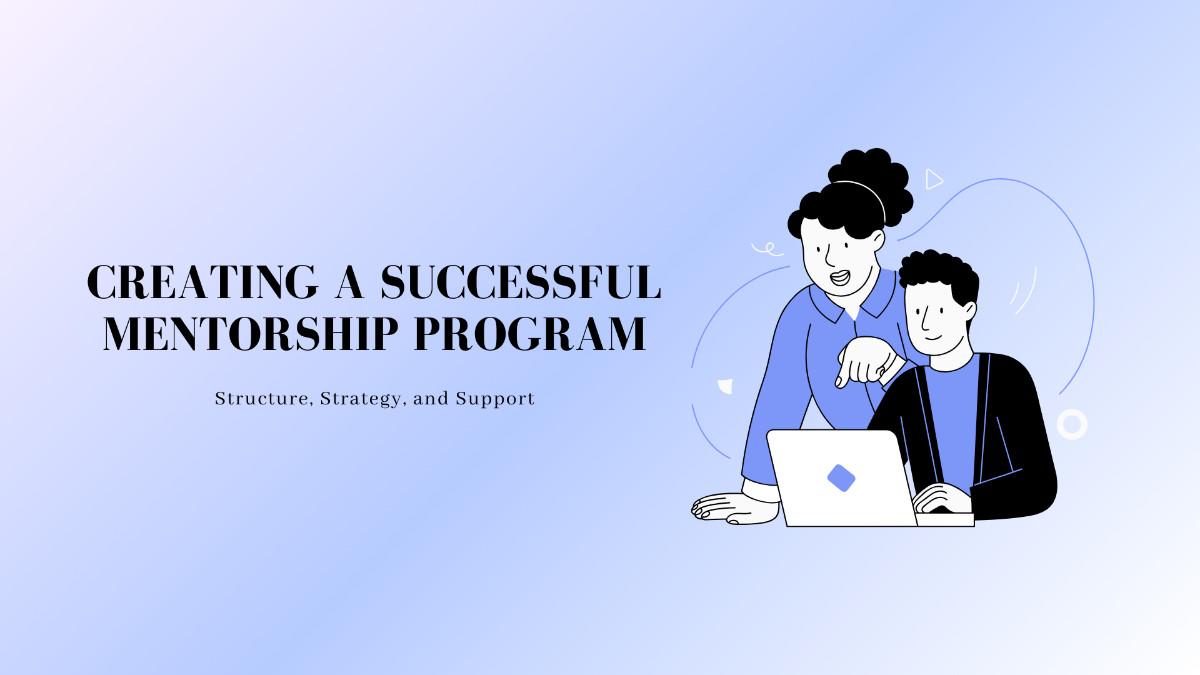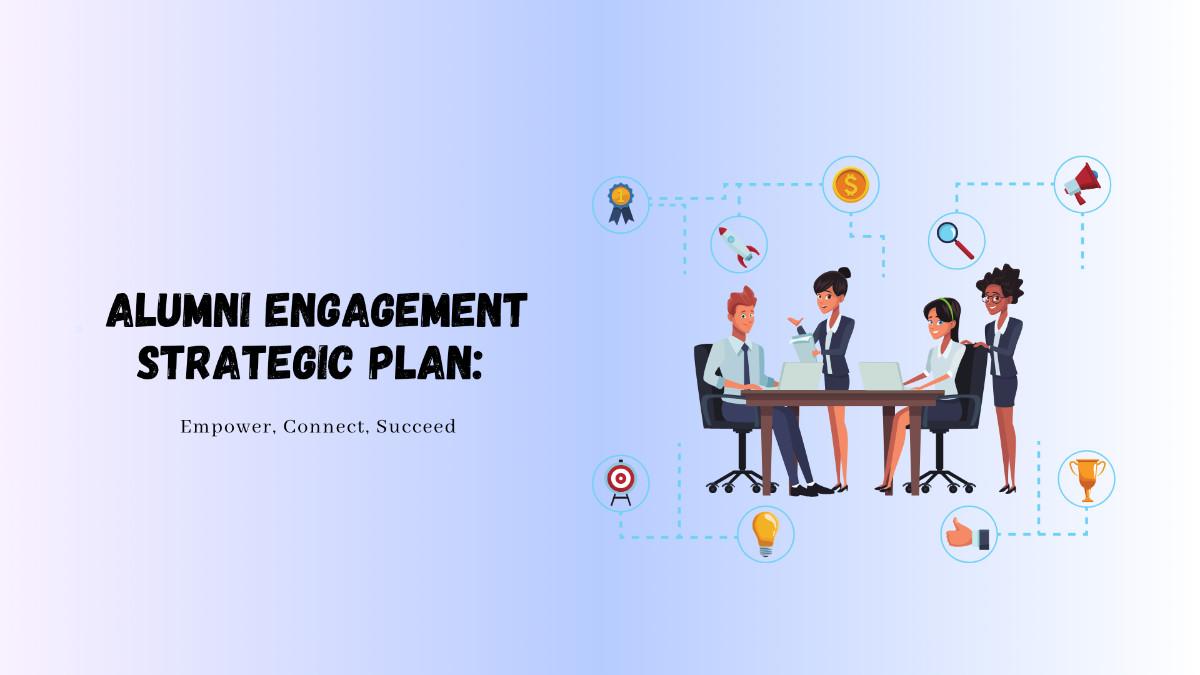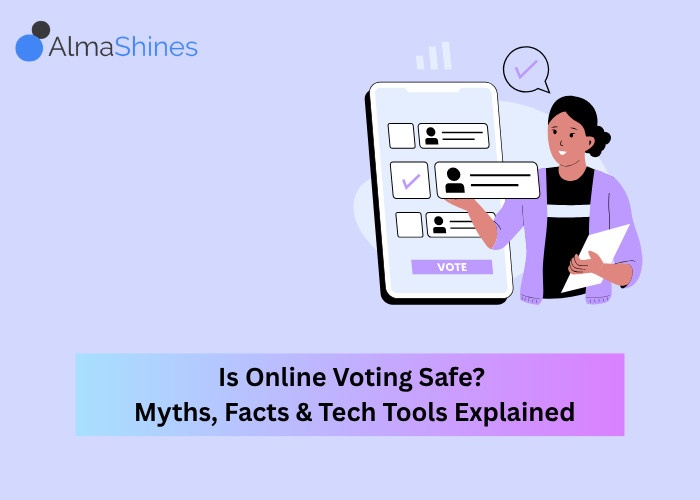Top 5 Strategies Students Can Use to Maximize Virtual Learning
Learn 5 effective ways students can make the most of virtual learning, enhancing their academic performance and online learning experience.

Virtual school is not the future anymore but the here and now.
“The global e-learning market exceeded $325 billion in 2023 and is expected to grow at a 20% CAGR through 2028. The U.S. e-learning market alone is projected to grow by $12.81 billion from 2020 to 2025.”
Mastering virtual classrooms is now a vital skill for students of all ages.
Whether you’re just starting your online learning journey or looking to boost your performance, mastering digital skills, time management, active engagement, critical thinking, and the use of interactive tools will keep you focused, motivated, and connected.
In this article, we’ll explore five essential strategies to help you thrive in any virtual learning environment.
What is Virtual Learning?
Virtual learning is a study method by which teaching is conducted online via electronic media. The students study at home by watching live or pre-recorded lectures, posting assignments, engaging in forums, and interacting with instructors and peers using video conferencing and messaging software.
This model is scalable, accessible, and flexible, and this has made it a preference for students from various regions and scholarship levels.
Who are Virtual Students?
Virtual students are students enrolled in online or blended learning courses instead of being in a physical in-classroom environment. Virtual students utilize the internet and digital technology to complete homework, communicate with teachers, and collaborate with classmates. In the United States alone, there are more than 3 million full-time virtual school students.
How Does Virtual School Work?
Virtual schools operate on Learning Management Systems (LMS) such as Google Classroom, Canvas, or Moodle. The systems control course materials, track progress, schedule lessons, and facilitate communication.
Even though they are physically far from their schools, students can be quite a part of their school community. In fact, 85% of online students are a part of their school community because of interactive features, live classes, and interaction with peers.
5 Strategies to Optimize Success in Virtual Learning
To make the most out of virtual learning, students need more than just internet access and course materials. Success comes from applying intentional strategies that support focus, interaction, and personal growth in a digital environment.
1. Join Virtual Study Groups
Collaborative learning improves grades. Studies indicate that collaborative study work students achieve 20–30% higher test scores. Through virtual study groups via messaging apps or video conferencing tools, students learn from each other, are responsible, and are motivated through social interaction.
2. Participate in Online Forums
Active engagement in discussion boards promotes understanding and long-term memory. It also promotes peer learning, whereby students clarify concepts to each other and pose questions in a well-organized academic setting.
Forums usually fall under participation grades and are a means of exchanging ideas in a well-organized, clear-cut way.
3. Conduct Group Work via Video Conferencing
Video conferencing software makes it possible for students to work in real-time, assign tasks, and be accountable. Regular meetings using software such as Zoom or Microsoft Teams foster valuable team working skills and keeps projects on schedule.
Everyday one-to-one digital interaction facilitates communication and replicates classroom collaboration.
4. Give and Take Peer Feedback
Constructive criticism enhances learning accomplishment. Peer reviews provide fresh perspectives for assignments and assist learners in recognizing gaps in knowledge. Online spaces facilitate sharing of criticism through document sharing or review functions built into LMS systems.
Providing feedback also helps the reviewer’s learning since it compels him to think critically about ideas.
5. Join Virtual School Events and Activities
Participation in non-curriculum events like webinars, online workshops, and student clubs increases emotional well-being and belongingness. All these activities reduce feelings of isolation and provide the chance to interact with the faculty and fellow students in a relaxed atmosphere.
Those students who socially interact with their online schools are more satisfied and achieve better academic results.
Leverage Ed Tech Community Platforms
In addition to traditional online communication tools, specialized EdTech community platforms like Almashines can significantly enhance your virtual learning experience. Almashines offers features such as discussion forums, event management, alumni directories, job boards, and mentorship opportunities—all designed to keep students, alumni, and educators connected and engaged.
Several leading educational organizations, including EmpowerTalent and Simandhar Education, use Almashines to build and manage their vibrant learning and alumni communities. By leveraging Almashines’ platform, these clients have successfully enhanced student engagement, streamlined event management, and expanded career support services.
By joining platforms like Almashines, students can network with peers and alumni, access career resources, participate in interest groups, and stay informed about virtual events and opportunities—making it easier to thrive in any virtual learning environment.
The Role of Visual Learning in Online Searches
Visual information significantly enhances memory and comprehension. Visual aids have been proven to increase retention by up to 400%. Infographics, videos, charts, and interactive presentations present abstract concepts in a clear and understandable manner and make learning enjoyable in virtual learning environments.
Instructors who use visual aids see increased student interaction and improved understanding of primary course material.
Additional Tips to Make Virtual Learning Successful
Provide a Distraction-Free Work Area: Students with a specific area to work have better focus and enhanced study skills.
Create a Routine: A routine helps one get disciplined and not procrastinate.
Take Frequent Breaks at Fixed Time Intervals: Short breaks improve concentration and prevent mental fatigue.
Utilize Task Checklists: Having deadlines and tasks reduces stress and improves time management.
Seek Help: Regular interaction with the teachers and classmates builds a support group and removes doubts instantly.
Summary
Online learning has transformed the process of learning for students all over the world. With the correct strategies in place—like joining study groups, forums, feedback, and visual aids—students can do more in online classes. Discovering how virtual learning works and adding beneficial habits can lead to improved academic performance, positive peer relationships, and greater self-motivation.
This is the time to take your online learning to the next level. Use these strategies on a daily basis and be ready for long term success in online learning.
Want to see how the right EdTech platform can make a difference for your institution or community?
Request a demo today to explore powerful features for engagement, networking, and support—so you and your peers can thrive in any virtual learning environment.
Suggested Blogs
Let’s discuss the idea
Join hundreds of companies transforming their corporate communities with Almashines






